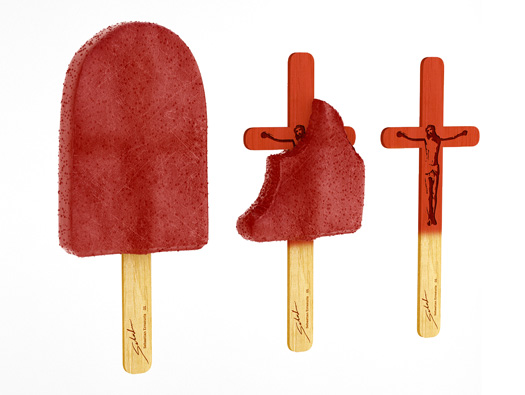 Anyone who has read GetReligion for a month or two knows that, from time to time, journalists get a bit confused about some of the language that is used in ancient, liturgical churches and other religious bodies.
Take, for example, the differences between a same-sex marriage rite and the blessing of a same-sex union. For Catholics and Eastern Orthodox believers, both are blasphemous violations of centuries of Christian doctrine and faith, but these two acts are in no way equal. You could make the same statement in many other churches, but it is especially true in sacramental churches in which, to be blunt, marriage is a sacrament.
Anyone who has read GetReligion for a month or two knows that, from time to time, journalists get a bit confused about some of the language that is used in ancient, liturgical churches and other religious bodies.
Take, for example, the differences between a same-sex marriage rite and the blessing of a same-sex union. For Catholics and Eastern Orthodox believers, both are blasphemous violations of centuries of Christian doctrine and faith, but these two acts are in no way equal. You could make the same statement in many other churches, but it is especially true in sacramental churches in which, to be blunt, marriage is a sacrament.
There may also be some confusion in newsrooms about the blessing prayers that priests may say under a wide variety of circumstances and the totally unique prayers of consecration that are carefully pronounced over the bread and wine during a Mass (or Divine Liturgy in the Eastern churches).
Consider the following chunk of a CNN report about another piece of alleged art by the Chilean-born artist and provocateur Sabastian Errazuriz, this time part of a statement he is making about what he considers religious extremism.
The key details are near the top of the story:
At a party this weekend celebrating New York Design Week, which begins today, the Chilean-born artist plans to hand out 100 "Christian Popsicles" made of "frozen holy wine transformed into the blood of Christ" and featuring a crucifix instead the tongue depressor that typically hosts the frozen treats, he said.
An image of Jesus Christ positioned traditionally on the cross is visible once the ice pop is consumed. As for the frozen wine, Errazuriz said, he concealed it in a cooler and took it into a church, where it was "inadvertently blessed by the priest while turning wine into the blood of Christ during the Eucharist."
We will come back to the details of that claim in a minute, because what CNN has printed is total nonsense and should have been challenged by reporters and producers during the reporting of the story.
Perhaps the artist himself was confused? This is not likely, in view of these later details:
Raised in a Catholic household, Errazuriz is now a "practicing atheist," but he has many friends and family members who are religious, and he respects their beliefs. ... His frozen cocktails stand as a symbol, he said, an invitation to "drink the Kool-Aid" that he feels so many religious zealots are stirring up.
No matter how strained his relationship to Catholicism, surely Errazuriz knows that there is a difference between a priest blessing something and the formal prayers of consecration that are recited over the elements during the most holy moments of a Mass.
Also, what in the world does "inadvertently blessed" mean? Is the artist claiming that he hid his container UNDER the church altar? Come to think of it, the artist would have to be claiming that he hid his frozen wine container ON THE ALTAR, in a strategic location and in clear view of all. It that is true, what does "concealed" mean?
As a reader noted in private correspondence, this claim is problematic on many levels:
Consecration (not "blessing") is an intentional act and only what the priest places on the cloth called the corporal is consecrated. And then there is the deception issue. Not a single Catholic source is quoted.
In other words, this story is a disaster. Did the CNN team grasp the bizarre and ludicrous nature of this claim by the artist? Did anyone stop and think about the practical details of what was said to have happened? If so, why was the story published without some kind of commentary from a liturgical expert, if not a priest or bishop of the church?
As Errazuriz himself states, this was not a joke. Why did CNN treat it as a kind of wink-wink joke?
IMAGE: From Mocoloco.com
